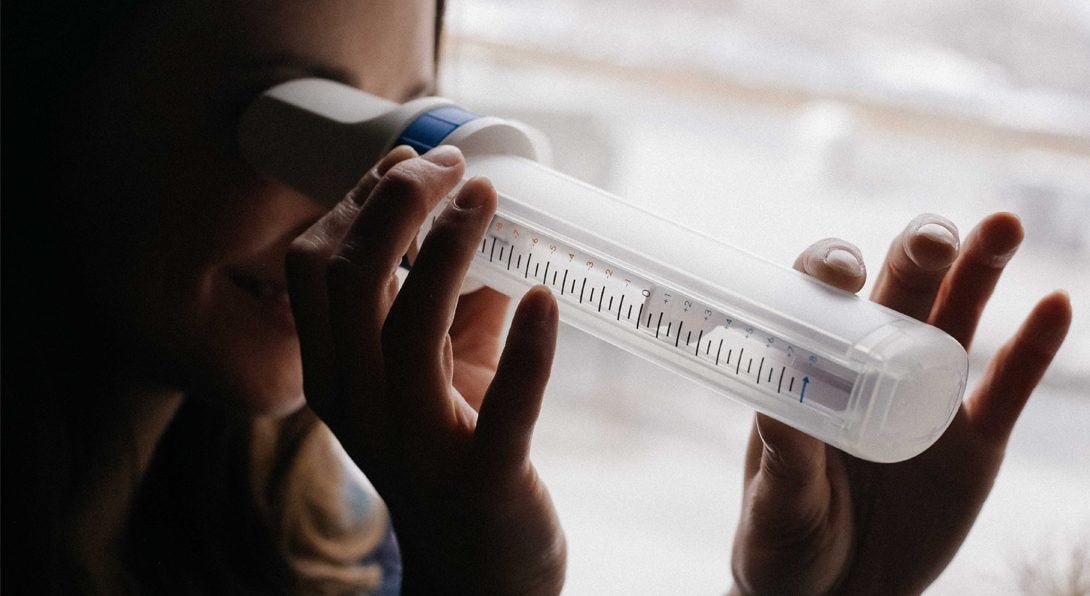Seeing a Way to Help
Seeing Clearly with Paul Hatch

If you’re seeing this clearly, you have an advantage: About 1.1 billion people around the world can’t because they don’t have access to vision care, estimates from the World Health Organization show.
Although low-cost glasses often are available, these people—largely from developing nations—can’t access them because they can’t get their eyes checked. As their vision fades, children drop out of school. Adults drop out of the workplace. So what use are cheap glasses when people can’t even get their eyes checked?
That’s the question LSRI doctoral student Paul Hatch tried to answer when he developed the award-winning ClickCheck, a screening tool that costs so little to manufacture and that charities and non-governmental organizations can distribute to underserved countries.
Hatch founded TEAMS Design USA in 1998. In 2018, after Essilor Group, a world-leader in vision-health, launched its “See Change Challenge,” Hatch and his colleagues developed a device individuals can use themselves to screen their vision. ClickCheck looks like a kind of kaleidoscope, and when users hold it to their eye, they see a small eye chart. The patient rotates a dial until the chart comes into focus, and ClickCheck then displays the prescription strength on the side of the tube.
The accuracy of ClickCheck comes within 0.5 of a diopter, the unit of measurement for refractive power equal to the reciprocal focal length of a lens. While this is below western standards, it is sufficient to fulfill ClickCheck’s purpose as a screening device in countries without access to vision care.
“The initial concept was driven by our naivety of the subject matter; had we known more we would have assumed that something so mechanically simple wouldn’t suffice,” Hatch said. “Only once we got deeper into testing the hypothesis did we see how complicated the concept is, and we had to dive into the science behind it. We eventually stumbled upon an invention from the late 19th century that worked on a similar principle, and its simple, historical principle gave us the clue we needed to finalize our concept.”
Hatch and his colleagues at TEAMS won a gold medal in the Medical and Health category and the Jury Chair Award—a special best-in-show prize—at this year’s International Design Conference in September. This year’s chair for the award committee was Jonah Becker, Senior Vice-President of Design at Fitbit.
Hatch left TEAMS this year to study full-time at LSRI, where he focuses on cognitive perception, semiotic mediation and embodied conceptualization. He also said that he sees the interdisciplinary nature of Learning Sciences as a great platform for context-driven ideation.
“I hope to take this process of applying lateral thinking to open up new lines of inquiry or add to existing research in ways that may be otherwise overlooked. In the LS program, I’ll be undertaking research on the use of robots in learning, and exploring other areas such as how sketch visualization can help with conceptualization and communication in learning. So, I’ll be playing with robots and sketching,” he laughed.
With hundreds of thousands of units nearing distribution, Hatch will have helped millions around the world to see. With a Ph.D. in learning sciences, the wonders he creates next know no bounds.
— Andrew Krzak